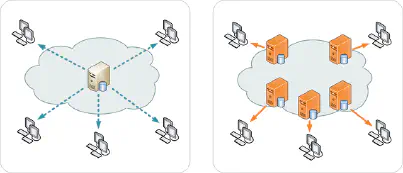When your job is to expose Chinese corporations trading on the US market that are not what they seem to be, you’re bound to make some enemies. As portrayed in the documentary The China Hustle , after publishing due diligence reports on several popular Chinese businesses that showed the companies in question could not possibly be experiencing the growth they were claiming in their SEC filings and the “China Miracle” to be a little too miraculous, that’s exactly the position that Wolfpack Research founder Dan David found himself in. The company’s website found itself to be the target of DOS (Denial Of Service) attacks that appeared to have an origin in China. After reviewing Wolfpack’s requirements for security in the face of traffic spikes from hackers and the need to disseminate their research quickly to a global audience, a rebuild of their site using modern serverless technologies seemed like the best bet. Lillibolero’s framework of choice for static sites is the Hugo static site generator, both for it’s speed in rendering the final HTML site and for its maturity and ecosystem.
...


